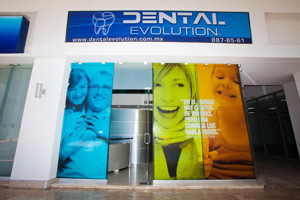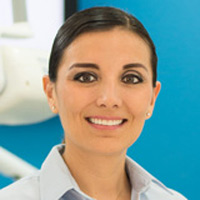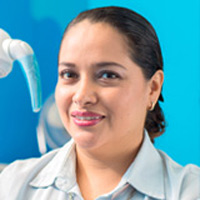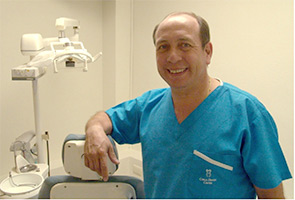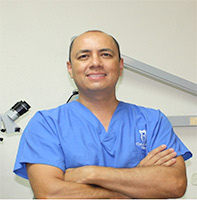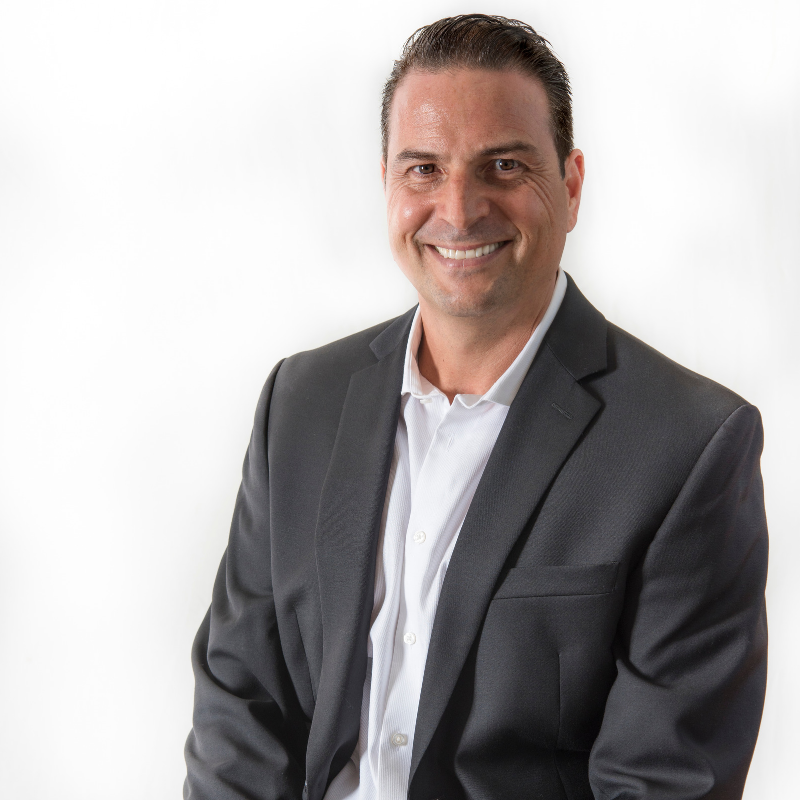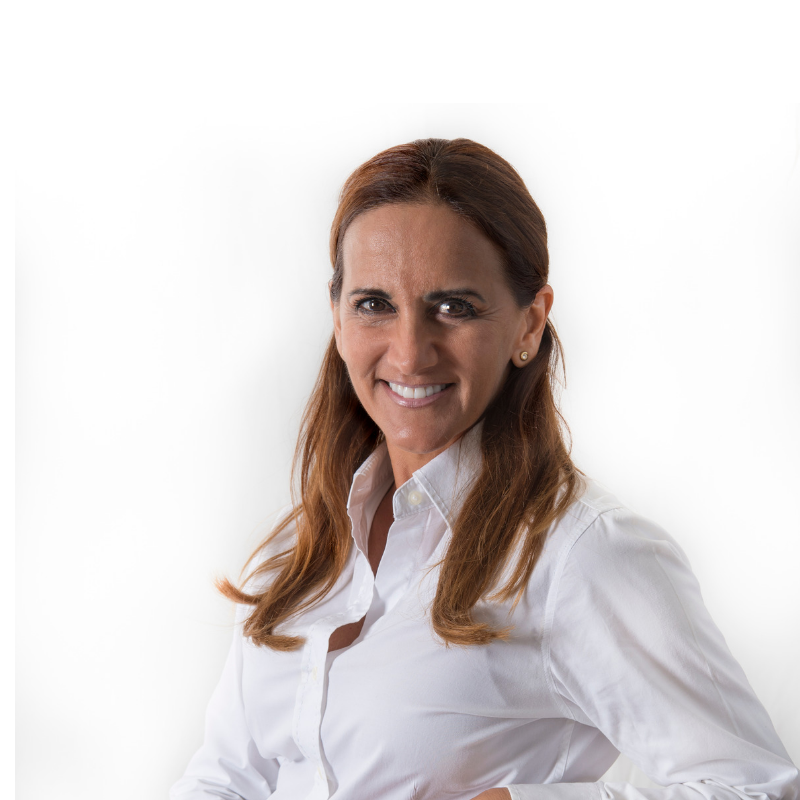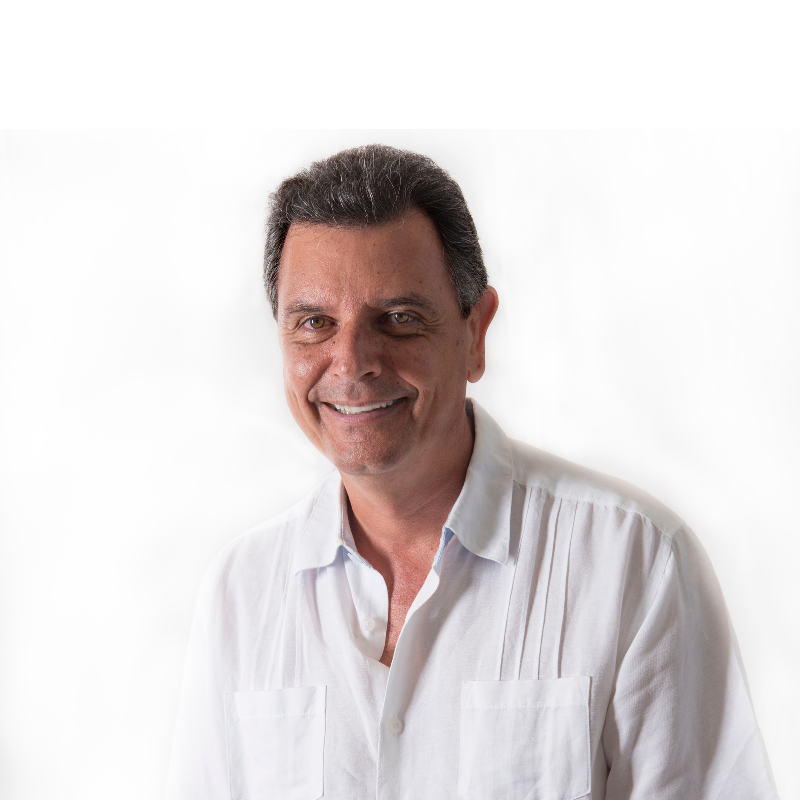Orthodontic treatment is used to correct a bad bite or malocclusion, which involves teeth that are crowded or crooked. In some cases, the upper and lower jaws may not meet properly and although the teeth may appear straight, the individual may have an uneven bite.
Protruding, crowded or irregularly spaced teeth and jaw problems may be inherited. Thumb-sucking, losing teeth prematurely and accidents also can lead to these conditions.
Correcting the problem can create a nice-looking smile, but more important, orthodontic treatment results in a healthier mouth. That’s because crooked and crowded teeth make cleaning the mouth difficult, which can lead to tooth decay, gum disease and possibly tooth loss. An improper bite can interfere with chewing and speaking, can cause abnormal wear to tooth enamel, and can lead to problems with the jaws.
Braces (also called orthodontic appliances) can be as inconspicuous or as noticeable as you like. Brackets the part of the braces that attach to each tooth are smaller and can sometimes be attached to the back of the tooth, making the brackets less noticeable.
Brackets may be made of metal, ceramic, plastic or a combination of these materials. Some brackets are clear or tooth-colored. There are brackets shaped like hearts and footballs, and elastics (orthodontic rubber bands) in school colors or holiday.
Malocclusions often become noticeable between the ages of 6 and 12, as the child’s permanent (adult) teeth erupt. Orthodontic treatment often begins between ages 8 and 14. Treatment that begins while a child is growing helps produce optimal results. As a result, children should have an orthodontic evaluation no later than age 7. By then, they have a mix of primary (baby) teeth and their permanent (adult) teeth. Your child’s dentist can spot problems with emerging teeth and jaw growth early on, while the primary teeth are present. That’s why regular dental examinations are important.
Children aren’t the only ones who can benefit from orthodontics. If you’re an adult, it’s not too late to correct problems such as crooked or crowded teeth, overbites, under bites, incorrect jaw position, or jaw-joint disorders. The biological process involved in moving teeth is the same at any age. Usually, adult treatment takes a little longer than a child's treatment. Because an adult's facial bones are no longer growing, certain corrections may not be accomplished with braces alone. No matter your age, it's never too late to improve your dental health and beautify your smile.
Orthodontics is a specialty area of dentistry that is officially known as Orthodontics and Dentofacial Orthopedics. The purpose of orthodontics is to treat malocclusion through braces, corrective procedures and other "appliances" to straighten teeth and correct jaw alignment. An orthodontist is a dentist who specializes in the diagnosis, prevention, and treatment of dental and facial irregularities.
Although treatment plans are customized for each patient, most wear their braces from one to three years; depending on what conditions need correcting. This is followed by a period of wearing a "retainer" that holds teeth in their new positions. Although a little discomfort is expected during treatment, today’s braces are more comfortable than ever before. Newer materials apply a constant, gentle force to move teeth and usually require fewer adjustments. Patients with braces should maintain a balanced diet and limit between-meal snacks.
FAQS:
If my teeth have been crooked for years, why do I need orthodontic treatment now?
There’s no time like the present, and healthy teeth can be moved at any age. Orthodontic treatment can create or restore good function, and teeth that work better usually look better, too. A healthy, beautiful smile can improve self-esteem, no matter your age.
Do I need to change my oral hygiene routine during orthodontic treatment?
Yes, keeping your teeth and braces (or other appliances) clean requires a little more effort on your part. Your orthodontist will explain how to brush and floss, how often to brush and floss, and give you any special instructions based on the kind of orthodontic treatment you are having.
In general, patients with braces must be careful to avoid hard, sticky, chewy and crunchy foods. They should also avoid chewing on hard objects like pens, pencils and fingernails.
What are my options if I don't want braces that show?
Should your case warrant it, you might want to ask your orthodontist about lingual braces, which are attached behind the teeth. Ceramic braces may be another option to lessen the visibility of braces; they blend in with the teeth for a more natural effect.
How long will orthodontic treatment take?
The average case of orthodontic treatment takes about 18-24 months, but every case is different. More severe cases could take longer. But the better you look after your brace and regularly attend appointments, the more chance you will have of a speedy treatment.
Does wearing a brace hurt?
It’s probable that when you first have your brace fitted and then come back for adjustments that you may feel some discomfort. However, this should only last a few days and you can take a mild painkiller if necessary.
